Richard Garfield’s both a fan of a well-rounded game night and a contributor to many, from Magic: The Gathering tournaments to friendly competitions of Ghooost! around the dinner table. With the help of Jeopardy!‘s Ken Jennings, Garfield began cracking the code on trivia games with 2020’s Half Truth.
The duo has continued their creative partnership in Half Truth: Second Guess, recently launching a Kickstarter campaign for the flagship game’s stand-alone sequel. Check out our below discussion with Garfield about developing a sequel to the hit party game, the art of crafting more engaging and inclusive trivia nights, and his unexpected Trivial Pursuit nemesis.
The Escapist: First, congratulations on the Kickstarter launch of Half Truth: Second Guess.
Was a potential sequel to Half Truth something that was always in the cards for the game? And what do those early decision-making stages of developing a game sequel look like? For instance, how did you settle on a standalone and cross-compatible follow-up to Half Truth versus an expansion pack?
Richard Garfield: There was always a sequel in mind— after all, there were enough cards for about 20 games in the original, so we needed to provide players with more cards. The big questions was what form would that sequel be? Early on, we knew we wanted it to be stand-alone, so players could get Second Guess without getting the original first. Since it was stand-alone, we had the opportunity to add some other modes of play— team play, a fast version, and capability of handling additional players.
One thing that became clear as we worked on the expansion was how much consistently better the questions were—the best questions of Half Truth can hang with Second Guess—but there were a lot more marginal questions in Half Truth. This is, I think, because as a group we learned what made a good Half Truth-style question. We began to think of each question as a little game the designer was playing with the players, and I think we got a lot of mileage out of that view.
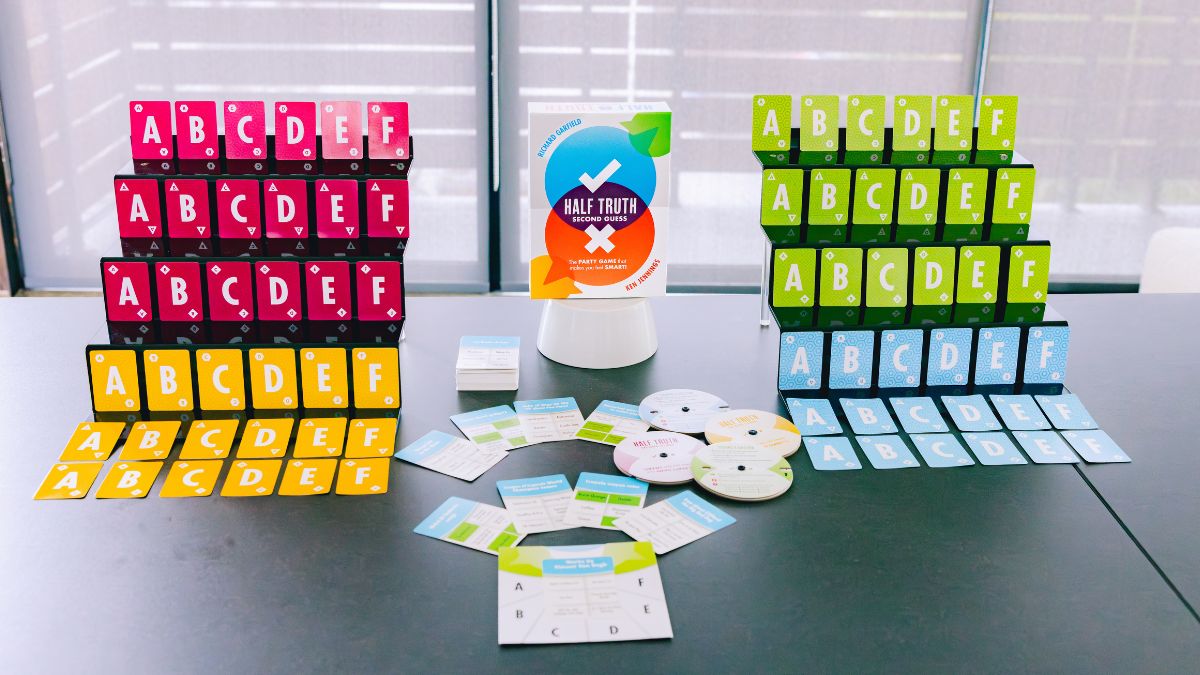
You collaborated on Half Truth with Jeopardy!’s Ken Jennings, and have spoken about how his autobiography Brainiac inspired the game. How did his book challenge your preconceived notions about trivia?
It is hard to overstate the impact. His book really is directly responsible for Half Truth existing. I have a policy, in games, of looking at existing games which don’t do much for me and learning what the audience likes in them. Typically, this teaches me as well how to like those games, which I find rewarding. At the very least, though, it gives me some additional tools to design games with. After reading Ken’s book, I realized that I had not given any serious thought to trivia and he had done all the hard work for me of teaching me what there was to love about trivia.
The most important preconceived notion that was debunked for me was that trivia was just for hardcore trivia enthusiasts. Most of my trivia evenings had been dominated by the sort of folk who memorized baseball statistics. After I read that he considered trivia intrinsically broad, and a celebration of everyone’s unique cache of knowledge, I reevaluated my experiences and realized that my most memorable moments were when a quiet player who never won pulled out a fact that no one at the table knew. I began to think about how to make a game which would bring that out and make it as central to the game as possible. I still wanted the trivia nerds to generally win, but not all the time and not by a landslide.
One central thesis you and Jennings both drove home with Half Truth was wanting to develop a trivia game that made people feel smart. What trends in other popular trivia games did you borrow and which ones did you try to avoid in achieving this goal?
I defined my design first in terms of Trivial Pursuit and what I wanted to do differently. I admired, and still admire Trivial Pursuit for many things it did for the game world and trivia specifically, but a lot of my misconceptions about trivia competitions came from that game as well. I wanted to make a game where players got to play every question. There’s little as frustrating as sitting around for an evening and when there is that one question you can answer that no one else at the table can, it isn’t your turn. Just being able to answer that one question could make up for a lot of time lost at trivia sea. Also, I didn’t want players to have to struggle finding answers, so I made the bold move to make all the questions multiple-choice. I wasn’t sure whether that would feel too limiting or get the same highs one got in “fill in the blank” trivia, but I really didn’t want to put those quiet players on the spot with questions they had no clue about. It turned out, by making the trivia multiple choice there was a lot of potential to give questions people used other tools to solve, like deduction, and intuition, and very general knowledge.
As far as more positive influences, I can’t think of any, but generally, I play everything I can, and some things get synthesized into my overall design. The game was actually designed a long time ago. Braniac was published in 2006, so I’m guessing I had the basic framework designed in 2007. I admired the game Wits and Wagers, which was going about solving the issues that I was trying to solve in a different way by allowing the players who didn’t know an answer to bet on other players’ answers. I can’t remember when I first played that game, but I did recognize it as making trivia more egalitarian.
My dad is a trivia fiend, and as a result, I grew up believing that the coolest thing you could be as an adult was good at Trivial Pursuit. But when my dad finally let me play it with him, it all went over my head. How does an ages 12+ game like Half Truth bridge that generational divide that often exists in trivia games, both in terms of mechanics and content?
We want to allow players to use the trivia they know. One can limit oneself to more timeless trivia, like historical events and classic literature. However, it is a cost to not include things which are at risk of expiring. To make the game as fun as possible now, there will be some questions that age poorly. Ken was knowledgeable in this area and helped manage this ratio to be in a good place and helped frame this issue in a way where we appreciated the cost, but sometimes, the questions were good enough to be worth the risk.
There is a second answer, though, which is more subtle and has to do in particular with the way questions are done in Half Truth. It is often possible to make them somewhat timeless, simply because as multiple choices, the players are never without an answer, and there are so many ways to put hooks into your question that give you something.
I’ll give you an example. My arch nemesis in Trivial Pursuit was Sky King. I had never heard of the TV show and it seemed like it, or something about it, busted me in every game. In fact, until this moment I thought it was a radio show. In Half Truth we might make a question:
Which of these are TV shows from the 50s?
- Sky King
- Destination Moon
- The Calculus Affair
- The Blue Lotus
- Bonanza
- The Untouchables
So, this question is one that is marginal for me, and for my kids, they would be clueless (I think). I would recognize Bonanza and The Untouchables— let’s assume I don’t recognize Sky King. Even with that recognition, though, I am not certain, because I am not sure those shows were of the 50s— they might have been later. This is where the aspect of ‘playing a game with the designer’ comes in. Maybe I should risk both or maybe it’s a trick.
Meanwhile, my kids might look at it and gamble on one, but it wouldn’t be a completely random guess. Maybe they think Calculus Affair seems weird so they cross it off. Maybe Bonanza sounds old-timey, so they use that. Or, maybe they saw The Untouchables movie, and figure there was a TV show. Or… maybe they figure the 50s would have a Destination Moon show. The important thing is, there are still things to think about and they can feel agency in answering, even if it is not as much agency as an older player.
Finally, one of my kids might notice that Destination Moon, The Calculus Affair, and The Blue Lotus are all Tintin books, and bam! They can answer AEF and get 100% without knowing any of the shows from the 50s.
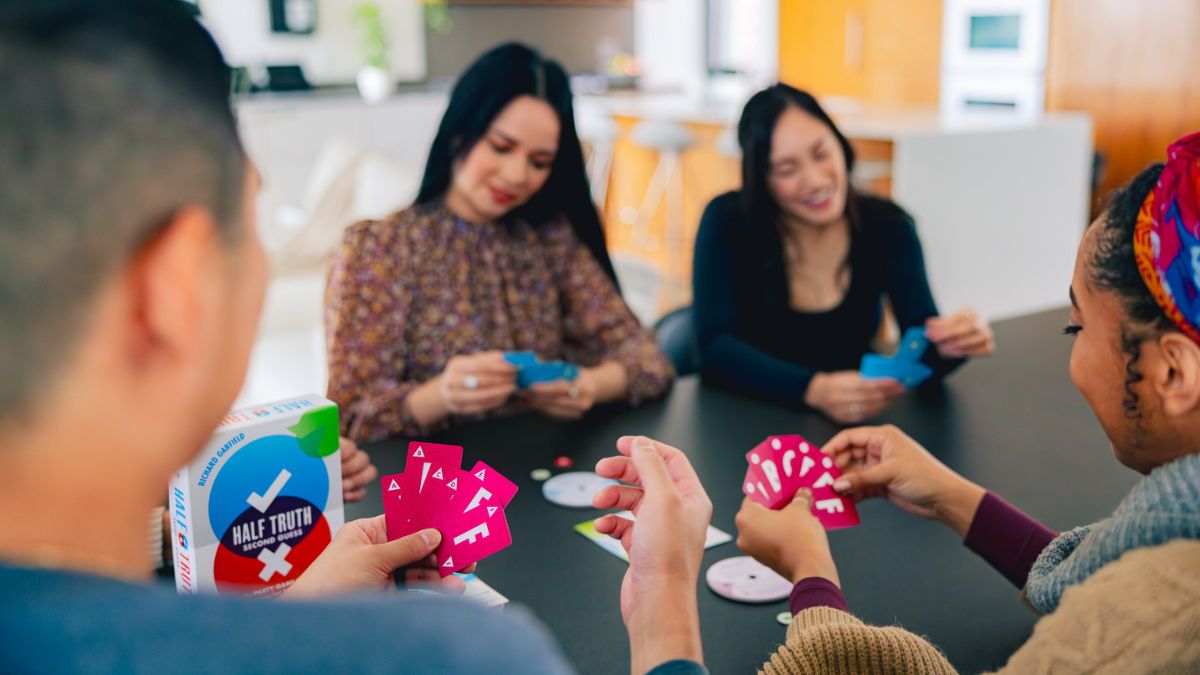
Now, I know Brainiac was not the only instance in which your recreational reading blossomed into an eventual board game. Founders of Reyvick comes to mind, inspired by the economic theories found in Radical Markets. Is there something particularly satisfying about translating the concepts you find on a page into tactile experiences?
Yes, there is something satisfying about reading something then exploring it with a game. Games, in particular, are great at helping you understand something about complex systems.
I have often been asked about what an aspiring designer should study, and they are sometimes surprised when I don’t say math. I always say math and writing are both useful, but really anything that interests you is useful for games. All subjects are useful for an aspiring writer; they are also useful for an aspiring game designer.
What are some other outlets you’ve found unlikely game design inspiration in outside of your bookshelf?
Monstrolicious, originally published as Pecking Order, was inspired by watching birds tussle for the best perches on a pier.
The Hunger was inspired by the phrase “Fat Dracula,” which came up in a trivia game we were playing. It sounded great and suggested the mechanics that ended up in The Hunger.
King of Tokyo was inspired by an exercise of trying to make Yahtzee more interactive and flavorful.
Founders of Reyvick and Half Truth occupy two vastly different ends of the “Game Night” spectrum. Has someone who’s often expressed an all-encompassing passion for gaming, how does it feel to contribute such a variety of titles to the medium?
I do take some pleasure in exploring varied game forms, and it is satisfying when others find value in that. I think it is a natural outcome of my omnivorous attitude toward games, and it is one I encourage others in as much as possible. There are many folks who have fallen in love with Magic and that is their main hobby, and it is nice to have brought them into games. But it is much more rewarding when that is a gateway to games in general, rather than Magic, specifically
Do you think the way Magic: The Gathering has evolved over the years reflects the larger trends in the tabletop space or is Magic somewhat a beast of its own?
It is hard to say, really. As a mature game, the designers have cleaned up a lot of the mechanics and simplified some things, and have gotten quite good at having a complete idea in mind when a set is published (in contrast with my design in which I wanted tools to be given to the players often without a precise idea of how they would be used). This streamlining does reflect the trends in tabletop space, but it is unclear to me whether they are both being driven by the same forces or whether Magic is being influenced by tabletop game standards.
I understand you’ve become more hands-off with Magic: The Gathering over the years, but is there anything specific you hope to see in the game’s future?
I stepped back from Magic very early on, acting as a consultant at first and eventually an occasional designer. It has been about 10 years since my last design, so I am pretty out of touch. It is something I would like to do again eventually, it is a great pleasure to design for a game where players and designers know quickly when something works and when it doesn’t. However, any design with Magic would inevitably take me from my other projects, of which I have no end in sight.
What I hope to see most of all is that Wizards acts as a responsible steward for Magic and that it continues to be played as it has in the past. I hope they can balance the wide range of interests in the game, the casual and the serious, the folks who want to buy a little and have some fun, and the folks who want it to be their hobby. Generally, they have moved in the right direction, and corrected missteps; the design of Magic and the community have been forgiving when there has been a necessary correction.
While promoting the first installment of Half Truth, Ken Jennings described trivia as his church. Would it be fair to say that games are your church?
Yes, perhaps I will use that!
And what games have been in your frequent game night rotation lately?
Magical Athlete, Quadradius, Innovation, and Dungeon World.
Quadradius is a digital game that is very much like a board game. If you check it out, bring a friend or be prepared to wait since the community is small.

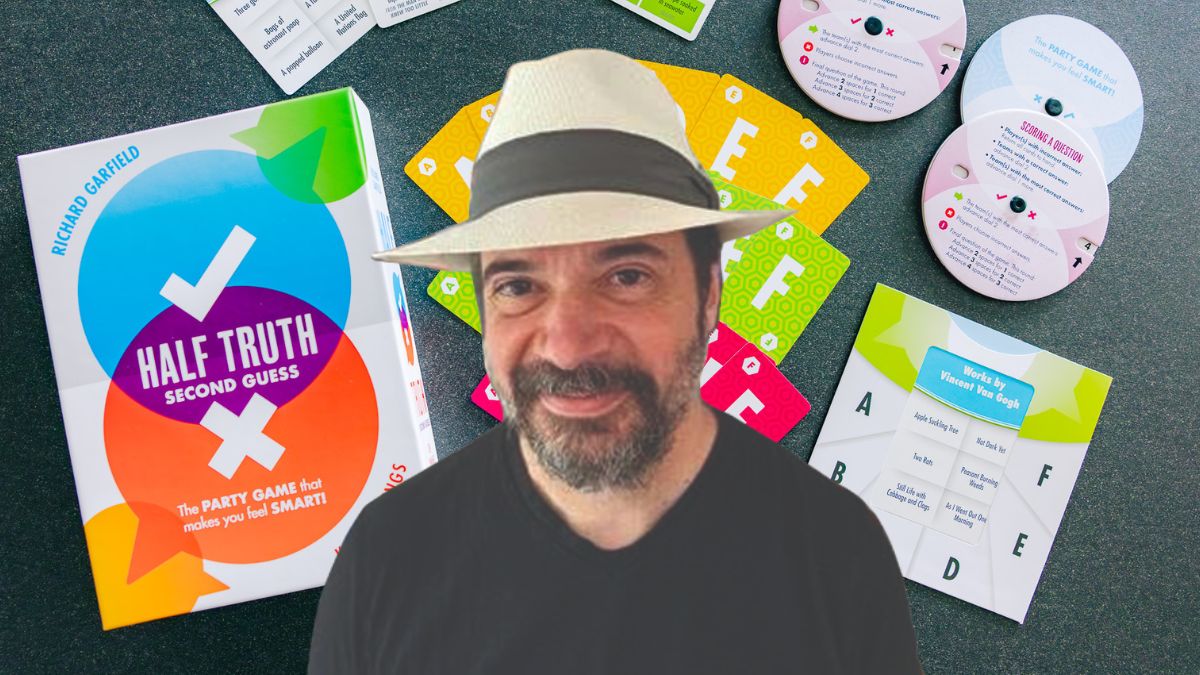
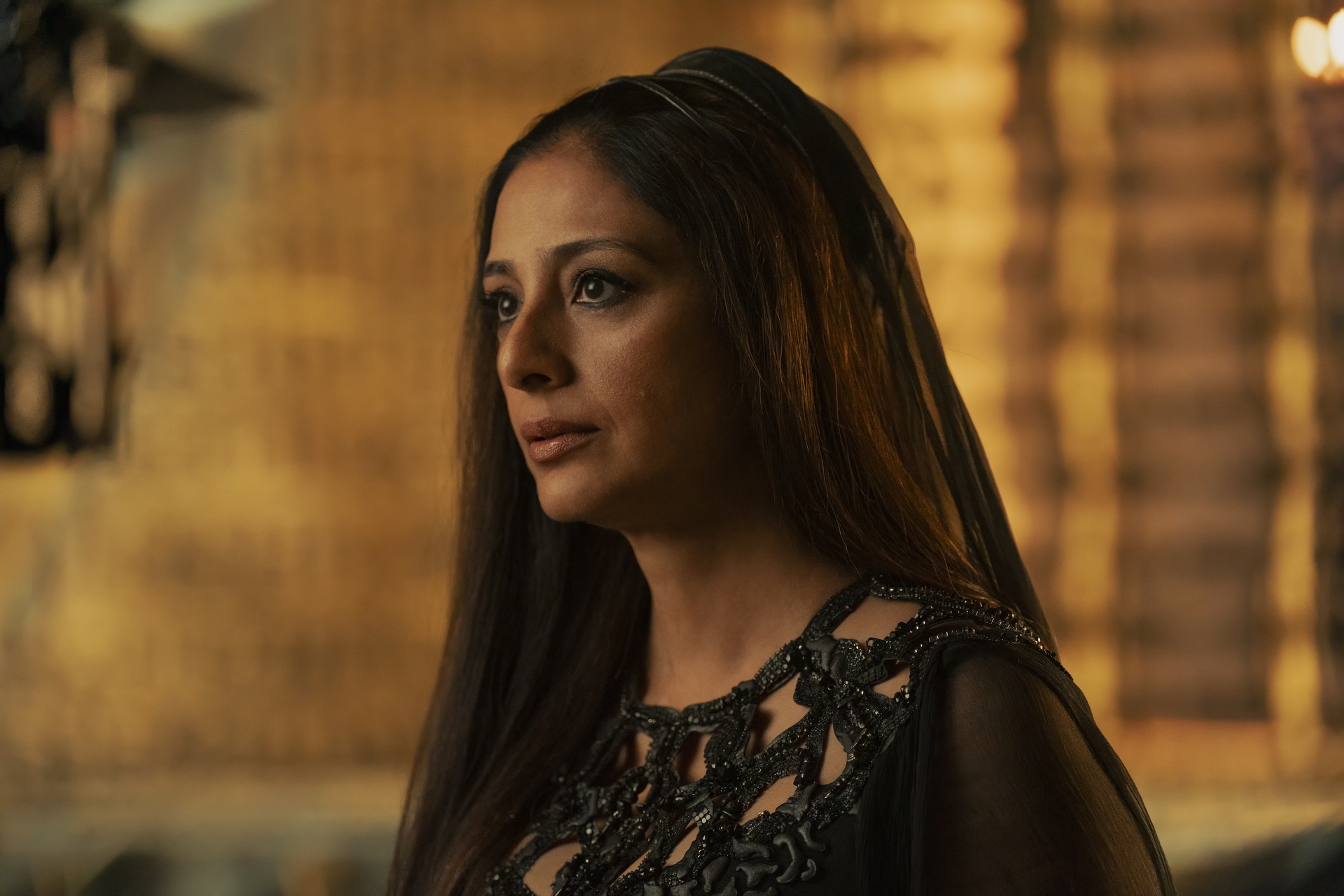
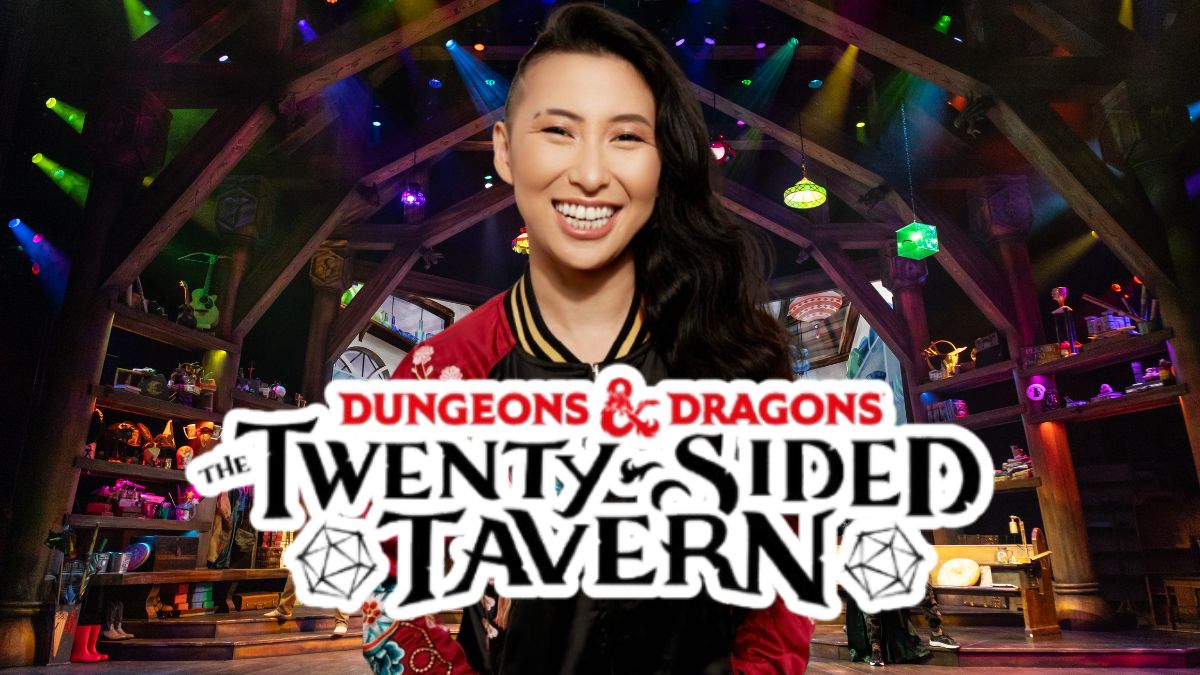
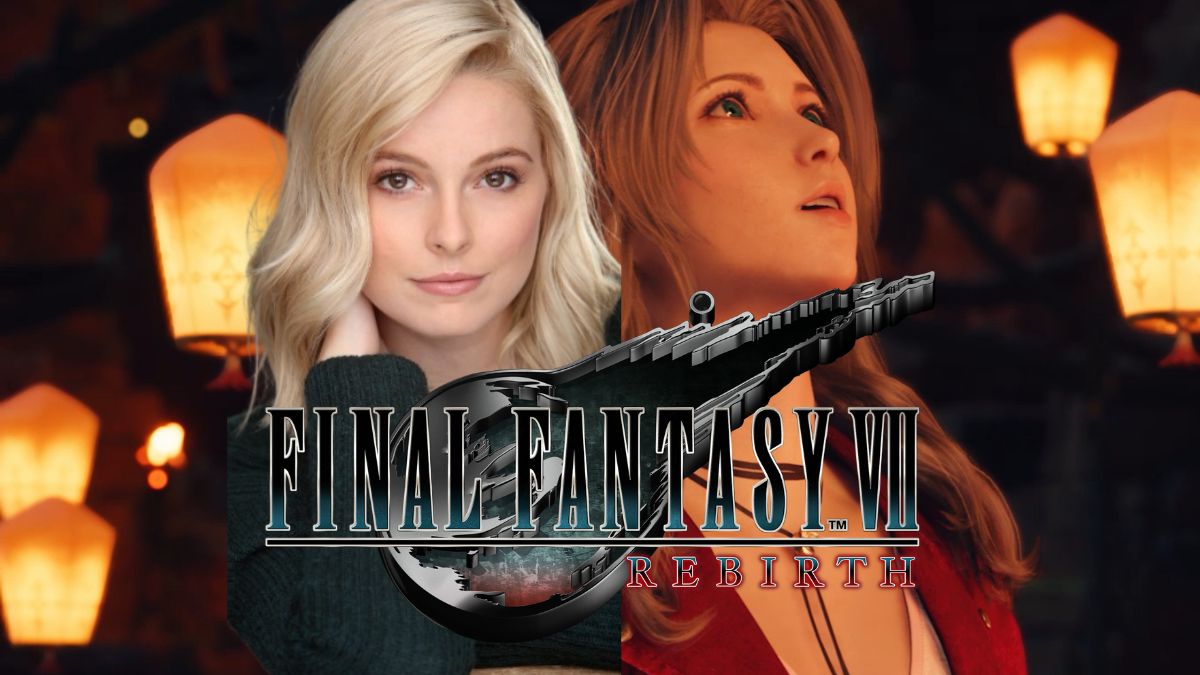
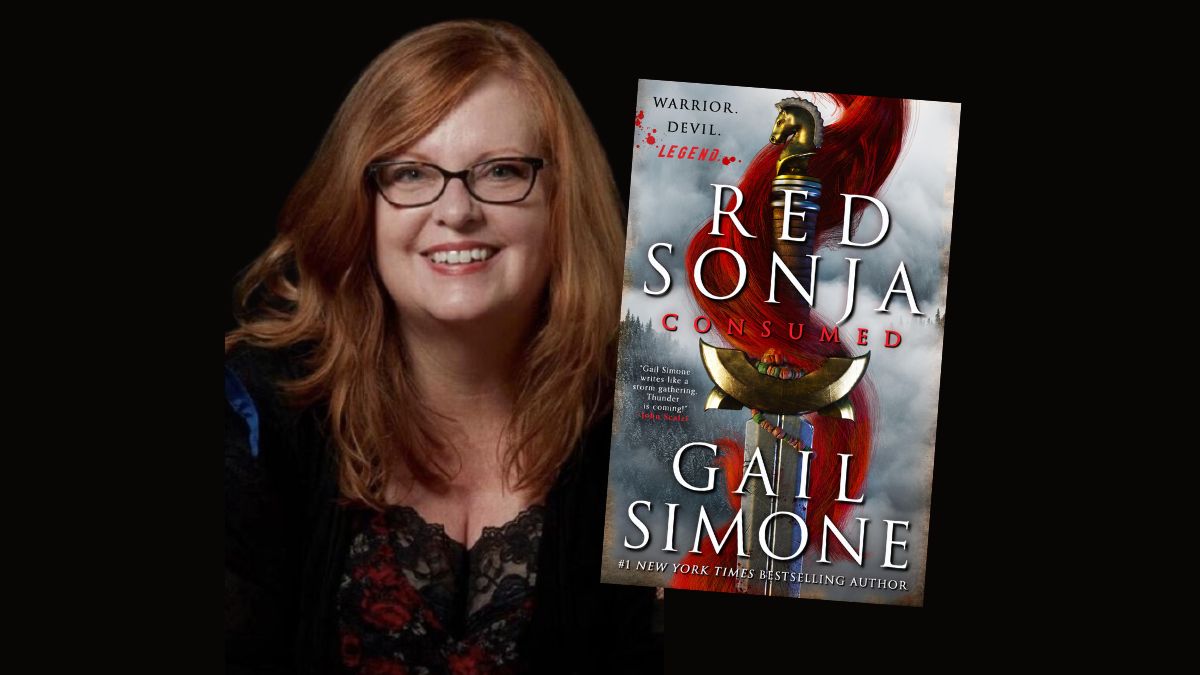
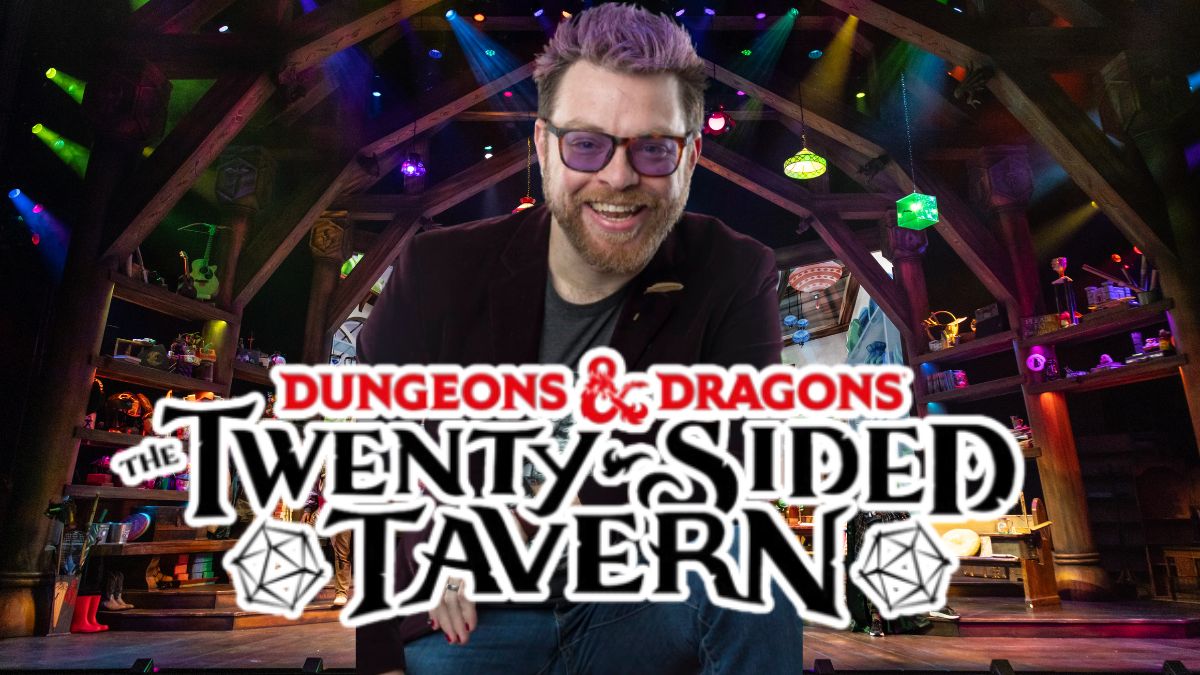

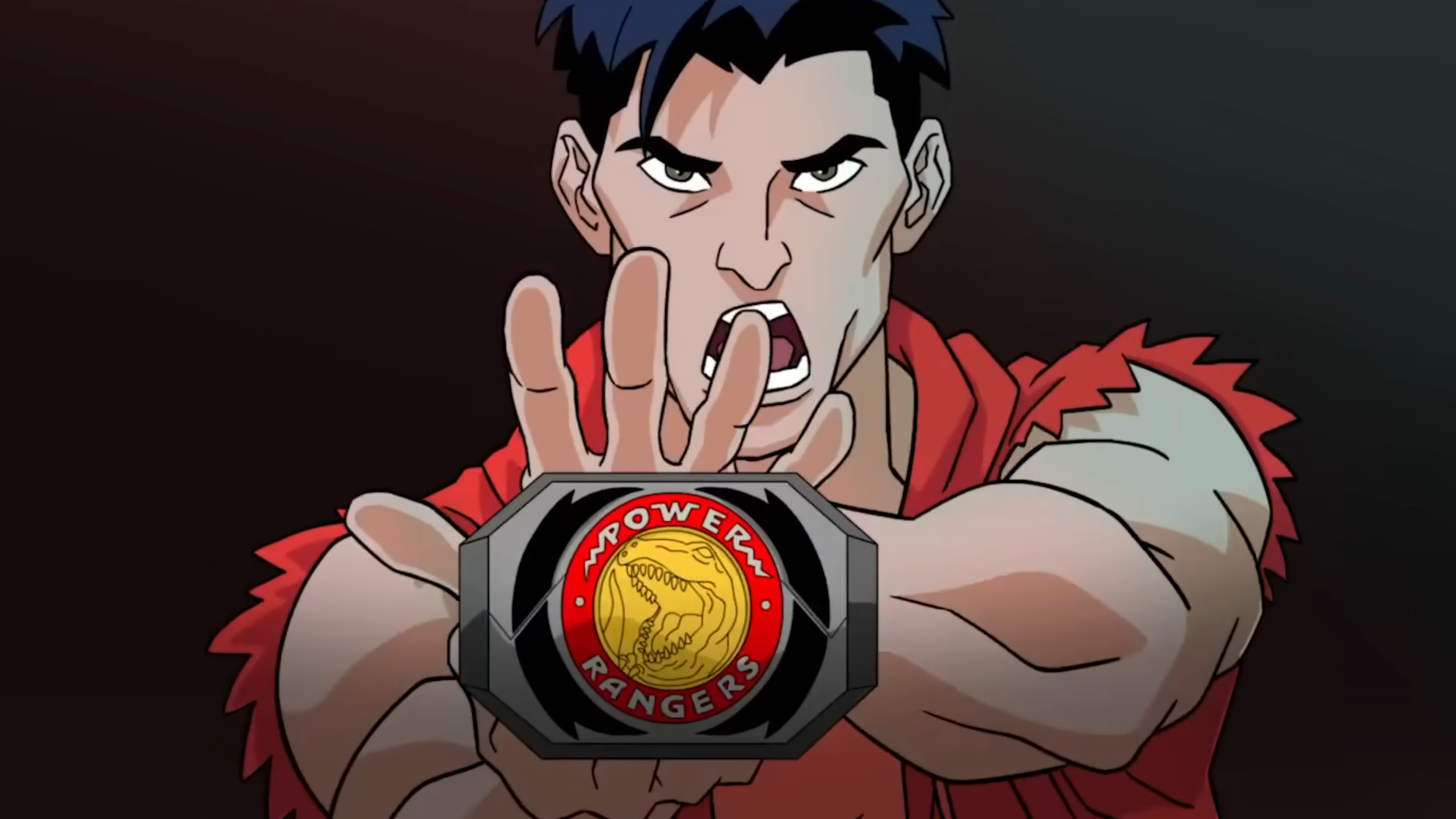
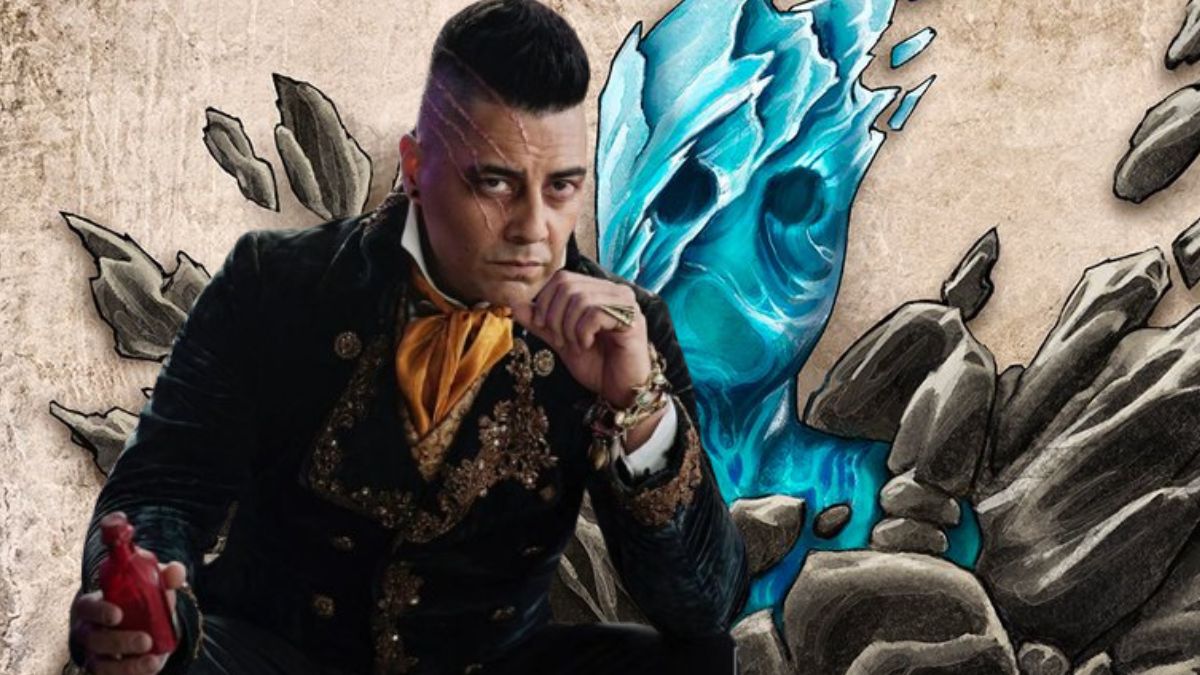




Published: Oct 15, 2024 4:30 PM UTC